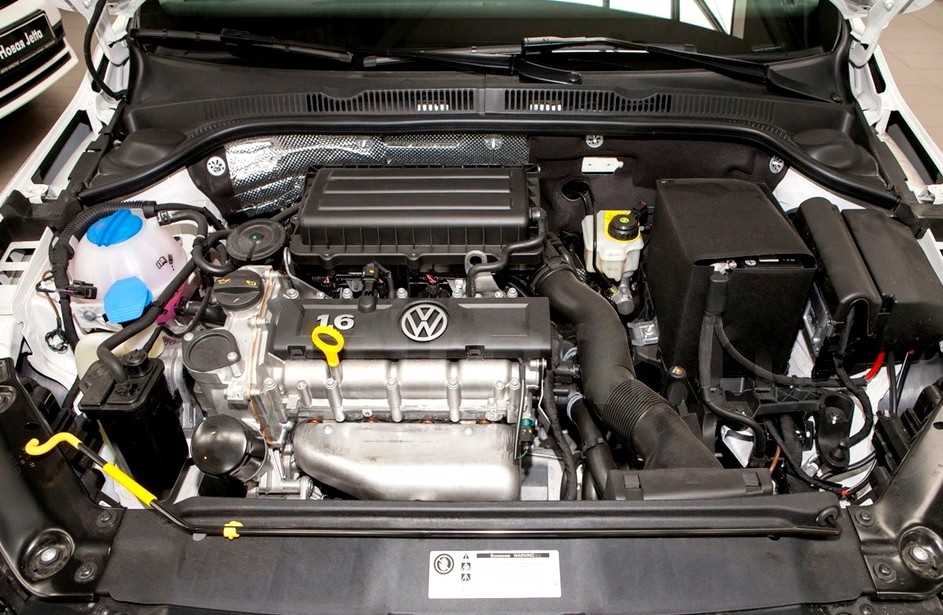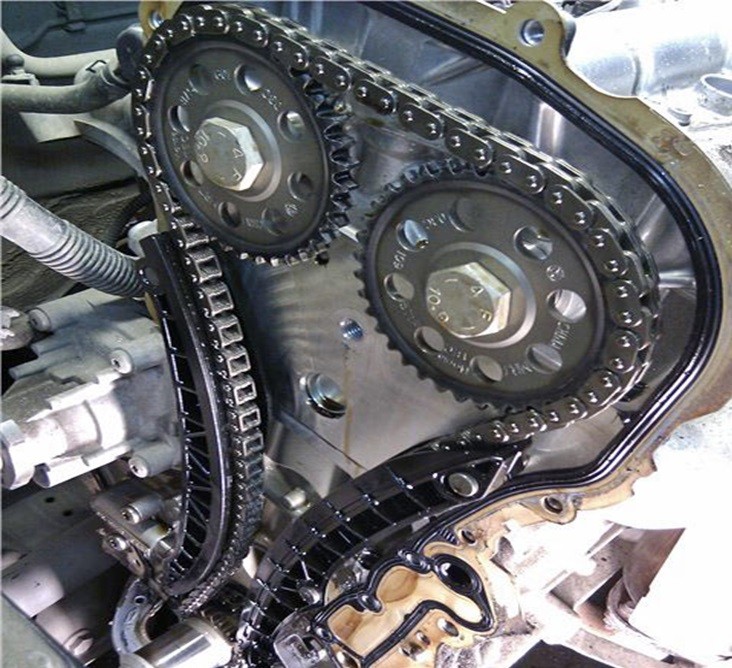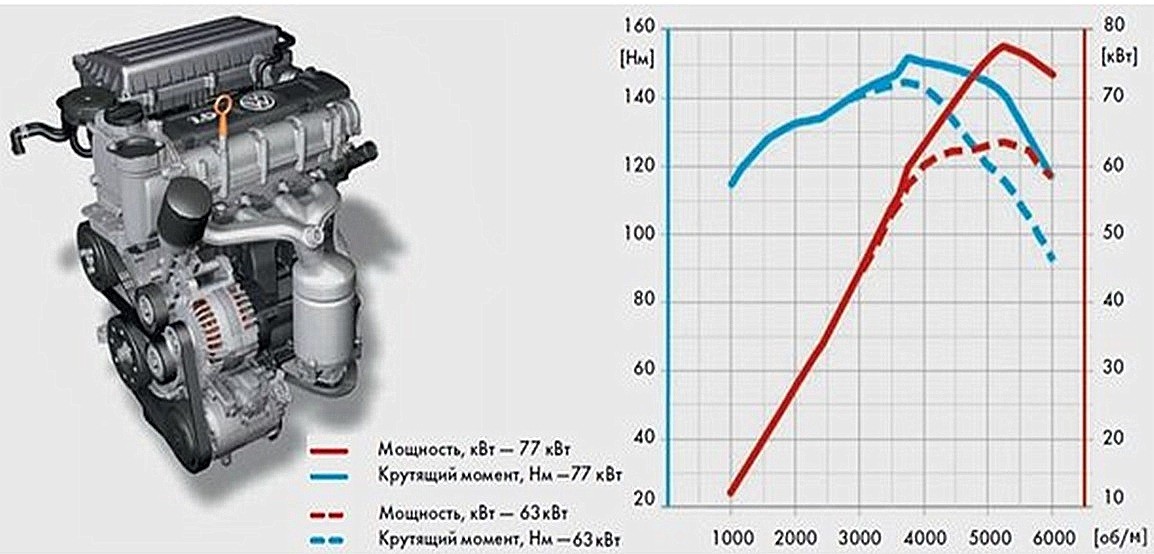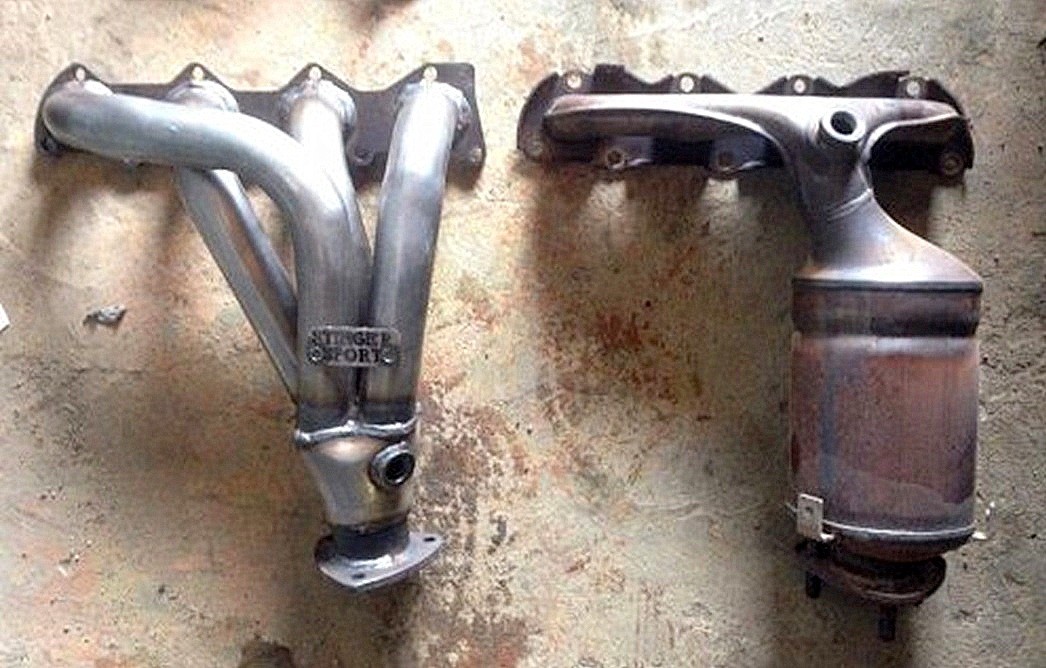
Volkswagen CFNB engine
Content
Its place in the line of EA111-1.6 engines (ABU, AEE, AUS, AZD, BCB, BTS and CFNA) was taken by another internal combustion engine developed by VAG engineers.
Description
In parallel with the production of CFNA, the production of the CFNB engine was mastered. VAG motor builders in the development of the motor were guided by the priorities of reliability, efficiency and durability, along with ease of maintenance and repair.
The created unit is really a clone of the famous CFNA motor. Structurally, these ICEs are the same. The difference lies in the ECU firmware. The result was a reduction in CFNB power and torque.
The engine was produced in Germany at the Volkswagen plant in Chemnitz from 2010 to 2016. It was originally planned to equip popular cars of its own production.
CFNA - atmospheric internal combustion engine (MPI), running on gasoline. Volume 1,6 liters, power 85 liters. s, torque 145 Nm. Four cylinders, arranged in a row.

Installed on Volkswagen cars:
- Polo Sedan I /6C_/ (2010-2015);
- Jetta VI /1B_/ (2010-2016).
The cylinder block is aluminum with thin cast iron liners.
The CPG remained unchanged, as in the CFNA, but the pistons became 0,2 mm larger in diameter. This innovation is designed to deal with knocks when shifting to TDC. Unfortunately, it did not bring a tangible result - knocks also occur with these pistons.

The timing chain drive has the same "sores" as on the CFNA.

The motor uses a contactless ignition system with four coils. All work is controlled by the Magneti Marelli 7GV ECU.
There are no changes in fuel supply, lubrication and cooling systems compared to CFNA. The only difference is in the more economical ECU firmware.
Despite the reduced power, CFNB has good external speed characteristics, which is confirmed by the above graph.

For a more complete presentation of the capabilities of the engine, it remains to consider its operational nuances.
Technical specifications
| Manufacturer | Chemnitz engine plant |
| Release year | 2010 |
| Volume, cm³ | 1598 |
| Power, hp from | 85 |
| Torque, Nm | 145 |
| Compression ratio | 10.5 |
| Cylinder block | aluminum |
| Number of cylinders | 4 |
| Cylinder head | aluminum |
| Fuel injection order | 1-3-4-2 |
| Cylinder diameter, mm | 76.5 |
| The piston stroke, mm | 86.9 |
| Timing drive | chain |
| Number of valves per cylinder | 4 (DOHC) |
| Turbocharging | no |
| Hydraulic compensators | Yes |
| Camshaft adjuster | no |
| Lubrication system capacity, l | 3.6 |
| Applied oil | 5W-30 |
| Oil consumption (calculated), l / 1000 km | up to 0,5* |
| Fuel system | injector, port injection |
| Fuel | gasoline AI-95 |
| Environmental standards | Euro 5 |
| Resource, outside. km | 200 |
| Location | transverse |
| Tuning (potential), l. With | 97** |
* on a serviceable motor up to 0,1; ** value for chip tuning
Reliability, weaknesses, maintainability
Reliability
There is no unequivocal opinion on the reliability of the motor among car owners. Many complain about its poor quality, constant "breaking", problems in the timing and CPG. It must be admitted that there are shortcomings in the design of the internal combustion engine. At the same time, they are often provoked by car owners themselves.
Significantly reduce the reliability of the engine untimely maintenance, refueling with low-quality fuels and lubricants, replacing the recommended grades of oil and fuel, and not careful driving.
At the same time, there are quite a few motorists who are quite satisfied with CFNB. In their messages on the forums, they share positive impressions about the engine.
For example, Dmitry writes:… I have a 2012 Polo. with the same motor. At the moment, the mileage is 330000 km (not a taxi, but I travel a lot). Knocking already for 150000 km., Mainly during warming up. After warming up, it knocks a little. Filled with Castrol oil at the first service. I often had to pour, then I replaced it with Wolf. Now, until the replacement, the level is normal (I change every 10000 km). Haven't gotten into the engine yet.».
There are reports of even more mileage. Igor says:... the engine has never been opened. On a run of 380 thousand, the timing chain guides (tensioner and damper shoes) were replaced due to their wear. The timing chain has stretched by 1,2 mm compared to the new one. I fill in Castrol GTX 5W40 oil, positioned as "for engines with high mileage." Oil consumption 150 - 300 g / 1000 km. Now the mileage is 396297 km».
Thus, the engine resource increases significantly with an adequate attitude towards it. As a result, reliability also increases.
An important indicator of reliability is the margin of safety of the internal combustion engine. The power of the CFNB can be increased with a simple chip tuning up to 97 hp. With. This will not affect the motor. A further increase in power is possible, but to the detriment of its reliability and lower performance indicators (reducing the resource, lowering environmental standards, etc.).
Re-totty from Tolyatti lucidly expressed the expediency of tuning the unit: “... ordered a motor 1,6 85 liters. s, I also thought about the ECU firmware. But when I rode, the desire to tune disappeared, because I still don’t twist above 4 thousand revolutions. Powerful engine, I like it».
Weak spots
In the engine, the most problematic place is the CPG. With a run of 30 thousand km (sometimes earlier), knocks occur when the pistons are shifted to TDC. During a short period of operation, scuffs appear on the skirts, the piston fails.
The recommended replacement of pistons with new ones practically does not give a result - the ringing appears again when shifting. The cause of the malfunction was an engineering miscalculation in the design of the unit.
A lot of trouble causes the timing drive. The manufacturer has determined the life of the chain for the entire engine life, but by 100-150 thousand kilometers it is already stretched and needs to be replaced. In fairness, it should be noted that the life of the chain directly depends on the driving style.
The design of the chain tensioner is not fully thought out. It works only when there is pressure in the lubrication system, i.e. when the engine is running. The absence of an anti-running stop leads to a weakening of the tension (when the motor is not running) and the possibility of a chain jump occurs. In this case, the valves are bent.
The exhaust manifold doesn't last long. Cracks appear on its surface, and welding does not help here for a long time. The best way to deal with this phenomenon is to replace the collector.


Often the throttle assembly is "naughty". The reason lies in low-quality gasoline. A trivial flush fixes the problem.
Maintainability
The engine has good maintainability. Overhaul can be done in full, spare parts are available in any specialized store. The only trouble with the repair is its high cost.
According to car owners, a complete overhaul of the motor will cost more than 100 thousand rubles.
That is why it is worth considering the option of replacing the engine with a contract one.
Its price starts from 40 thousand rubles. Depending on the configuration, you can find cheaper.
You can read more about maintainability on the website in the article “Volkswagen CFNA Engine”.
The Volkswagen CFNB engine is reliable and economical when handled properly.

